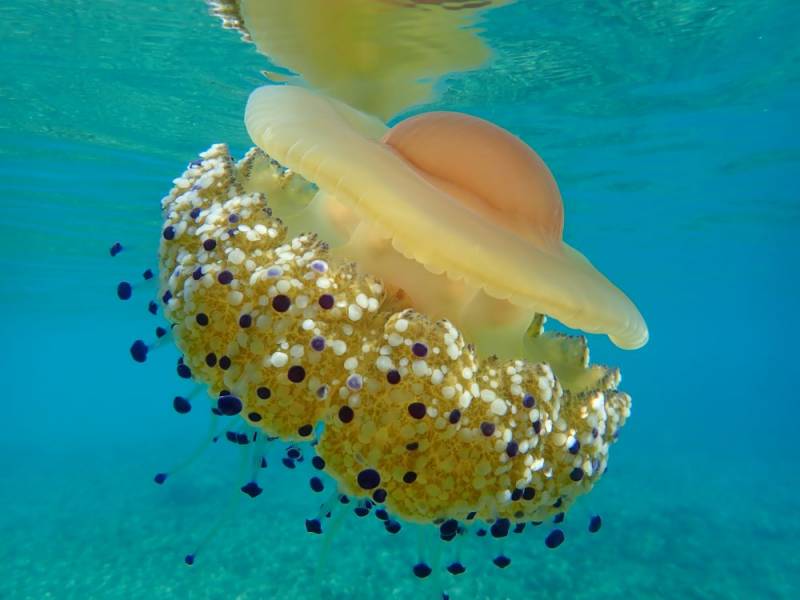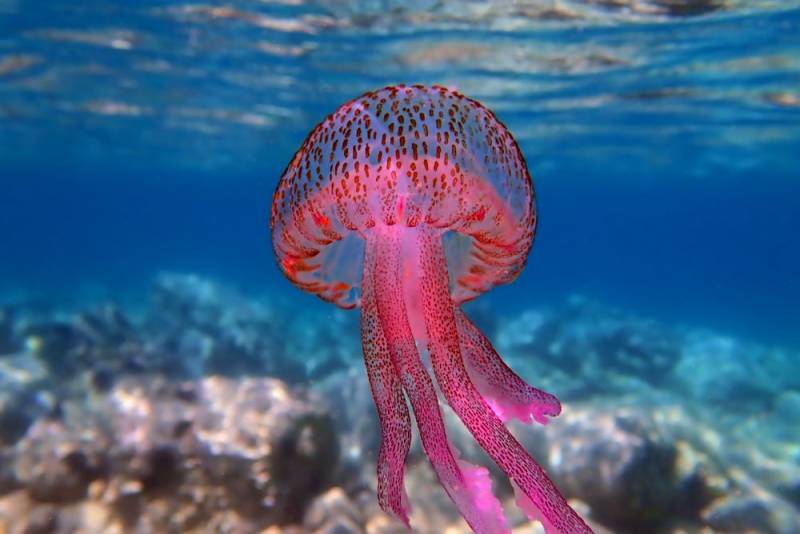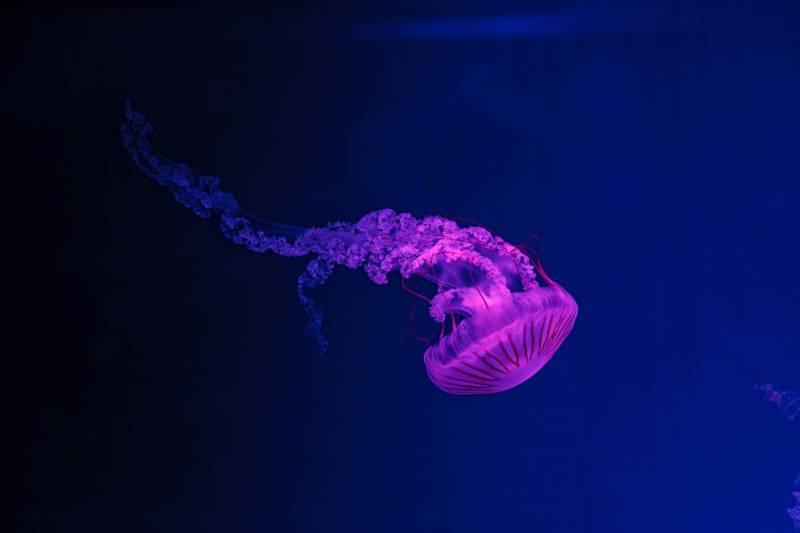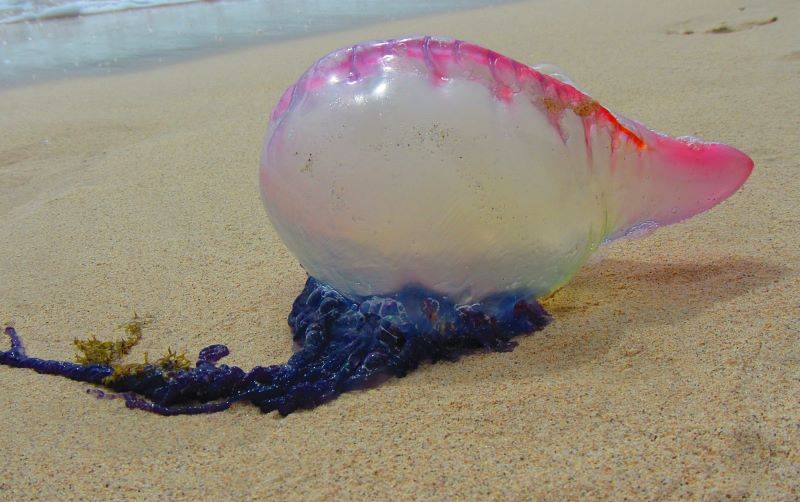- Region
- Águilas
- Alhama de Murcia
- Jumilla
- Lorca
- Los Alcázares
- Mazarrón
- San Javier
-
ALL AREAS & TOWNS
- AREAS
- SOUTH WEST
- MAR MENOR
- MURCIA CITY & CENTRAL
- NORTH & NORTH WEST
- TOWNS
- Abanilla
- Abarán
- Aguilas
- Alamillo
- Alcantarilla
- Aledo
- Alhama de Murcia
- Archena
- Balsicas
- Blanca
- Bolnuevo
- Bullas
- Cañadas del Romero
- Cabo de Palos
- Calasparra
- Camping Bolnuevo
- Campo De Ricote
- Camposol
- Canada De La Lena
- Caravaca de la Cruz
- Cartagena
- Cehegin
- Ceuti
- Cieza
- Condado de Alhama
- Corvera
- Costa Cálida
- Cuevas De Almanzora
- Cuevas de Reyllo
- El Carmoli
- El Mojon
- El Molino (Puerto Lumbreras)
- El Pareton / Cantareros
- El Raso
- El Valle Golf Resort
- Fortuna
- Fuente Alamo
- Hacienda del Alamo Golf Resort
- Hacienda Riquelme Golf Resort
- Isla Plana
- Islas Menores & Mar de Cristal
- Jumilla
- La Azohia
- La Charca
- La Manga Club
- La Manga del Mar Menor
- La Pinilla
- La Puebla
- La Torre
- La Torre Golf Resort
- La Unión
- Las Palas
- Las Ramblas
- Las Ramblas Golf
- Las Torres de Cotillas
- Leiva
- Librilla
- Lo Pagan
- Lo Santiago
- Lorca
- Lorquí
- Los Alcázares
- Los Balcones
- Los Belones
- Los Canovas
- Los Nietos
- Los Perez (Tallante)
- Los Urrutias
- Los Ventorrillos
- Mar De Cristal
- Mar Menor
- Mar Menor Golf Resort
- Mazarrón
- Mazarrón Country Club
- Molina de Segura
- Moratalla
- Mula
- Murcia City
- Murcia Property
- Pareton
- Peraleja Golf Resort
- Perin
- Pilar de la Horadada
- Pinar de Campoverde
- Pinoso
- Playa Honda
- Playa Honda / Playa Paraíso
- Pliego
- Portmán
- Pozo Estrecho
- Puerto de Mazarrón
- Puerto Lumbreras
- Puntas De Calnegre
- Region of Murcia
- Ricote
- Roda
- Roldan
- Roldan and Lo Ferro
- San Javier
- San Pedro del Pinatar
- Santiago de la Ribera
- Sierra Espuña
- Sucina
- Tallante
- Terrazas de la Torre Golf Resort
- Torre Pacheco
- Totana
- What's On Weekly Bulletin
- Yecla


- EDITIONS:
 Spanish News Today
Spanish News Today
 Alicante Today
Alicante Today
 Andalucia Today
Andalucia Today
Date Published: 08/07/2024
10 most common - and dangerous - jellyfish found in the waters in Spain
While most jellyfish found on the coasts of Spain are harmless, a few pose serious risks

Jellyfish occupy an important rung on the food chain and like all other organisms, they’re needed to maintain a healthy balance between species. However, they’re not exactly a favourite with swimmers who want to go for a dip at the beach, and their tendency to show up in vast numbers can be somewhat off-putting.
Every summer, swarms of jellyfish appear on the Spanish coast and while most of the slippery critters are unpleasant rather than dangerous, a few can pack quite a punch if you’re unlucky enough to be stung.
To help you navigate the waters this sunny season, the Ministry of Ecological Transition has put together a list of the 10 most common species of jellyfish in Spain, including information on where you’ll find them and which ones could pose a health risk.
1. Aguacuajada (Cotylorhiza tuberculata)

Perhaps the most instantly-recognisable jellyfish, this creature is more commonly known as the ‘fried egg jellyfish’ thanks to a central yellow protuberance that looks like a yolk.
Measuring between 20 and 35 centimetres, this jellyfish lives both in open waters and on the coast. It’s a fairly common sight throughout the Mediterranean, especially in the Mar Menor during summer and autumn.
Danger rating: Very low. At most, its sting could result in mild skin irritation or itching.
2. Mauve stinger or Luminous jellyfish (Pelagia noctiluca)

This species is another frequent visitor which can reach 20 centimetres in diameter.
It has 16 tentacles that, when unfolded, can measure more than 20 metres in length. The entire surface of its body is covered with warts in a characteristic reddish pink colour.
It is very common in open waters and is carried by the winds from sea to coast, especially during the summer. It is abundant in both the Atlantic Ocean and the Mediterranean Sea.
Danger rating: Highly dangerous. The sting of the luminous jellyfish causes irritation and itching on the skin and can even result in open wounds that can become infected. Because it has so many tentacles that stretch out behind the body, a sting is usually widespread and can cause respiratory, cardiovascular and dermatological problems that can last for weeks or even months.
3. Aguamala (Rhizostoma pulmo)
Known as aguamala, aguaviva or acalefo azul, it is a large jellyfish (it can reach up to a metre in diameter), bell-shaped and with beautiful violet-coloured markings. It is a species that lives on the Mediterranean and Atlantic coasts and can be seen often during the summer months.
Danger rating: Fairly low. While contact with this jellyfish doesn’t normally cause serious injuries, it can sting quite a bit. If you spot one in the water you’ll need to be careful, as it’s not necessary to have direct contact with it to receive a sting.
4 Golden Aurelia
This jellyfish is shaped like a plate with scalloped arms, and is distinguished by four horseshoe-shaped, violet-coloured reproductive organs located in its centre.
It is quite rare, although it can be seen in coastal areas and lagoons like the Mar Menor, or fjords and enclosed bays with inflows of continental water.
Danger rating: Low. Its sting isn’t considered dangerous, although it can cause skin irritation.
5. Medusa de compases (Chrysaora hysoscella)

Chrysaora hysoscella, known in English as the compass jellyfish or radiated acaleph, is characterised by its yellow and orange tones, its striped pattern and long tentacles, which can reach five metres in length. It is yellowish white in colour and has a characteristic radial design on the umbrella.
Relatively common in the Mediterranean and Atlantic, where it sometimes forms swarms. Common in open waters, but can approach the coast carried by currents, especially during the summer.
Danger rating: Very High. According to the Ministry for Ecological Transition, its bites cause itching and burning at first. Immediately afterwards, skin lesions and oedema appear, producing welts that may take some time to disappear.
6. Carabela portuguesa (Physalia physalis)

Technically, the Portuguese Man o’ War is not a jellyfish, but rather a colony of polyps belonging to the order of siphonophores. Therefore, its morphology is somewhat different, as its ‘head’ floats, unlike true jellyfish. It has bright, intense blue and pink-violet colours, and despite the relatively small size of its floating parts (about 30x10 cm in the largest specimens) its thin, poisonous tentacles, difficult to see, can exceed 20 metres in length.
It is typical of temperate Atlantic waters, although it can occasionally be found in the Mediterranean. It moves at the mercy of surface currents and wind.
Danger rating: Extremely high. This is one to be avoided at all costs, since a high concentration of nematocysts and its powerful venom with neurotoxic, cytotoxic and cardiotoxic properties can cause neurogenic shock in some cases.
Its sting will cause burning or a sharp pain, and lacerations in the skin as soon as contact is made with the tentacles. What’s worse, the jellyfish tends to wrap itself around limbs, making it very difficult to escape without significant burns.
7. Sailfish (Velella velella)
Again, this species is not a true jellyfish, but a hydrozoan with a floating structure. It is small: the diameter of its disk ranges from 1 to 8 centimetres. It forms large swarms during winter and spring and is a very common sight along the coasts of Spain.
Danger rating: Very low. This jellyfish is completely harmless to humans.
8. Aequorea forscalea
This striking species is a transparent plate-shaped jellyfish measuring about 30 centimetres with recognisable black patterns. It is common in the Atlantic, although it can also be seen occasionally in the Mediterranean, and can sometimes be concentrated in large numbers along coastal strips. Its numbers are increasing in Catalonia and the Balearic Islands.
Danger rating: Very low. This jellyfish doesn’t sting so it’s harmless.
9. Cubomedusa (Carybdea marsupialis)
This pocket-sized predator is more commonly known as the box jellyfish, or Mediterranean sea hornet. With a cubic shape and long tentacles, it has a strange appearance, accentuated by its bioluminescence, with a bluish or whitish colour. One of the most striking characteristics is that it has a complex eye that allows it to react to moving objects and respond to changes in light.
Danger rating: Extremely high. Its sting is very serious and can represent a major danger to human health, but since it usually lives in relatively deep waters (below 20m), incidents are extremely rare.
10. American ctenophore (Mnemiopsis leidyi)

This is an invasive species that is native to the Atlantic coasts of America. It was introduced into the Black Sea, where it contributed to the collapse of numerous fisheries. From there it has spread to other areas, including the Mediterranean Sea. It was first detected on the Spanish coast in the summer of 2009.
It is a small, strange-looking organism with beautiful iridescent colours. It has no tentacles, but is instead made up of a bulb about 10 centimetres long. It gathers in large concentrations (up to 15,000 individuals per square metre).
Danger rating: Very low. It does not produce any type of sting and is therefore not dangerous.
Images: Unsplash
Loading
See more news about animals in Spain:
OR
Sign up for the Spanish News Today Editors Roundup Weekly Bulletin to get a comprehensive email with all the week’s news for Spain, Murcia, Alicante and Andalucía.
Get a sneak peek – here are a few of our recent Subscription Bulletins:
Discount Special Offer subscription:
36.95€ for 48 Editor’s Weekly News Roundup bulletins!
Please CLICK THE BUTTON to subscribe.
Contact Spanish News Today: Editorial 966 260 896 /
Office 968 018 268


























